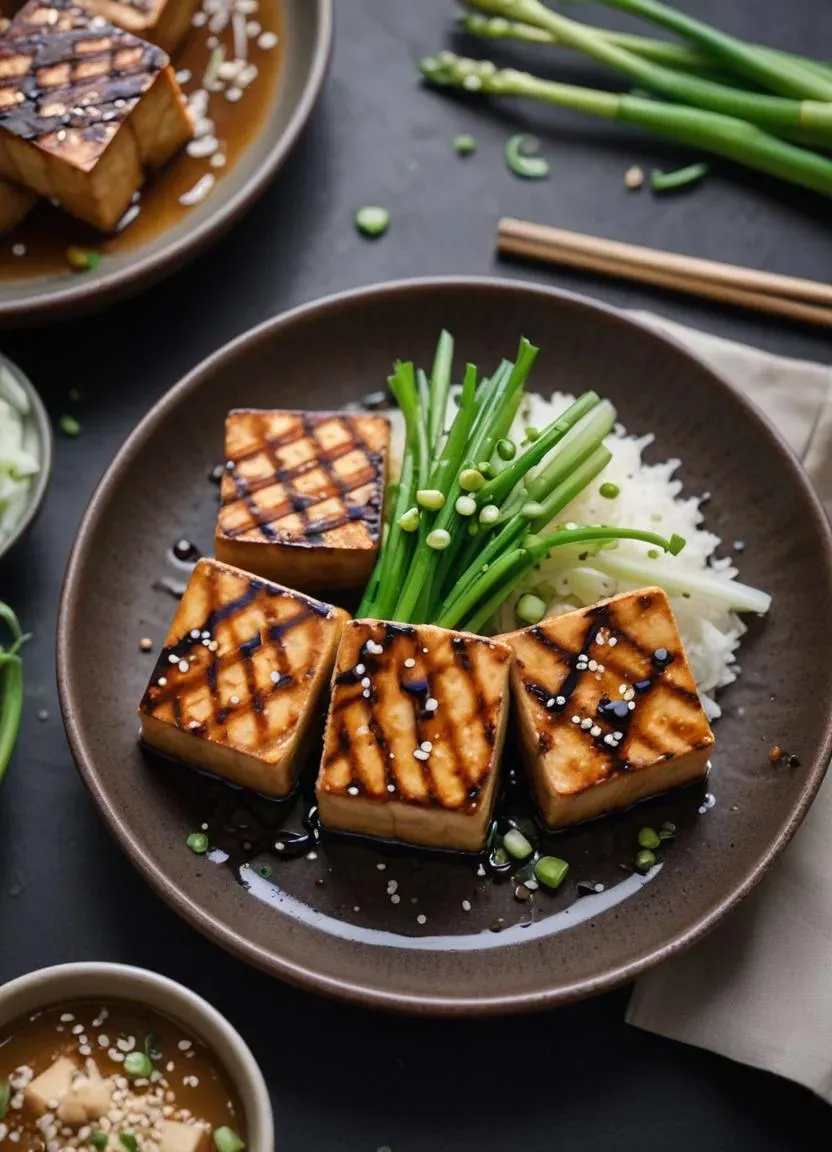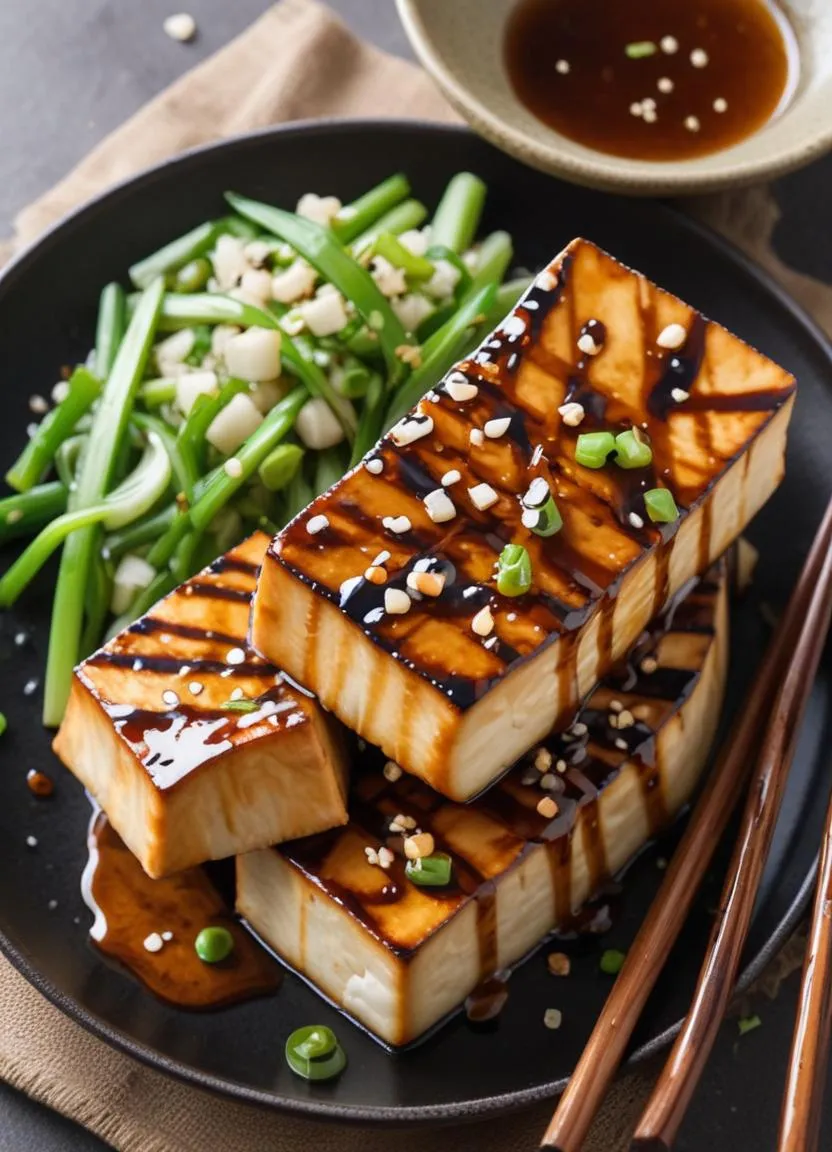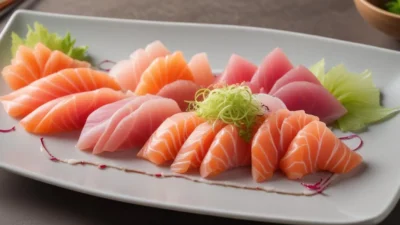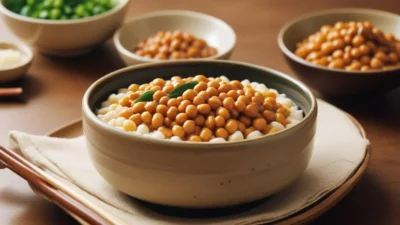Contents
Japanese tofu is a simple yet indispensable ingredient that has been a staple on dining tables for centuries. Known for its versatility and subtle flavor, tofu appears in a wide range of dishes — from traditional preparations to popular favorites like grilled tofu with miso glaze. It embodies the essence of home cooking and cultural heritage in Japan, offering both comfort and nourishment.
Ingredients
- 1 block firm tofu roughly 300 g
- a little neutral oil anything mild
For the sauce:
- 3 tbsp white miso
- 1 tbsp red miso optional, for depth
- 2 tbsp mirin
- 1 tbsp sake
- 1 tbsp sugar
- just a few drops of sesame oil
Toppings (optional):
- Green onions
- Sesame seeds
- Chili flakes or yuzu zest 🍋
Instructions
- First, wrap the tofu in a clean towel and set something light on top — a plate will do. Leave it for 20 minutes or so. You’re just pressing out some of the extra water so it holds together when grilled.

- Meanwhile, make the glaze. Toss all the ingredients into a small saucepan and warm them up on low heat. Stir until it becomes smooth and slightly thick — like a glaze, not a soup.
- Slice your tofu into thick pieces and lightly brush each with oil. Grill them (or pan-fry, or broil) until they start browning on both sides 🔥.
- Spoon the glaze on top of each piece and, if you want, toss them under the grill for just a minute to caramelize the top.
- Finish with whatever garnish you like. Sesame seeds? A bit of chopped scallion? Up to you 🌱.
Notes
The quiet soul of japanese cooking: tofu as it lives in everyday meals 🌿
Tofu. You’ve probably seen it sitting quietly on the shelf, wrapped in plastic, plain as can be. But in Japan, it’s something else entirely. It’s not a health trend. It’s not just “vegan protein.” It’s comfort. It’s heritage. It’s... just part of life. No fanfare.
Nothing fancy, just old-school magic 🧘♂️
It’s funny how something made from beans and water can feel so complete. Making tofu isn’t rocket science, but it does require care. You soak soybeans overnight, grind them, boil them, and strain out a smooth milk. Then comes the real trick — adding a natural coagulant (often nigari, made from seawater) and watching it slowly turn into curds. Soft white clouds, more or less. Press those gently, and you’ve got tofu. There’s no single kind, by the way. Some is silky and spoonable (they call it kinugoshi 🍮). Some is sturdier and can take a bit of heat (momen 🔥). Others are almost meaty in how firm they are — good for frying or grilling. What makes it special is how it adapts. It doesn’t steal the spotlight, it gives it to whatever’s around.From temples to tables — tofu just stuck around 🏯
Tofu came to Japan ages ago, probably via China, but it really settled in during the time of Buddhist monks. They couldn’t eat meat, but they needed something filling. Tofu filled the gap. Not just practically — spiritually too. It became part of shōjin ryōri, a mindful, plant-based style of cooking that’s about as far from fast food as you can get. Fast forward to now, and tofu is... everywhere. In soups 🍲. In stews. Fried, steamed, chilled. People don’t overthink it — it’s just there, like rice or miso or pickles.





